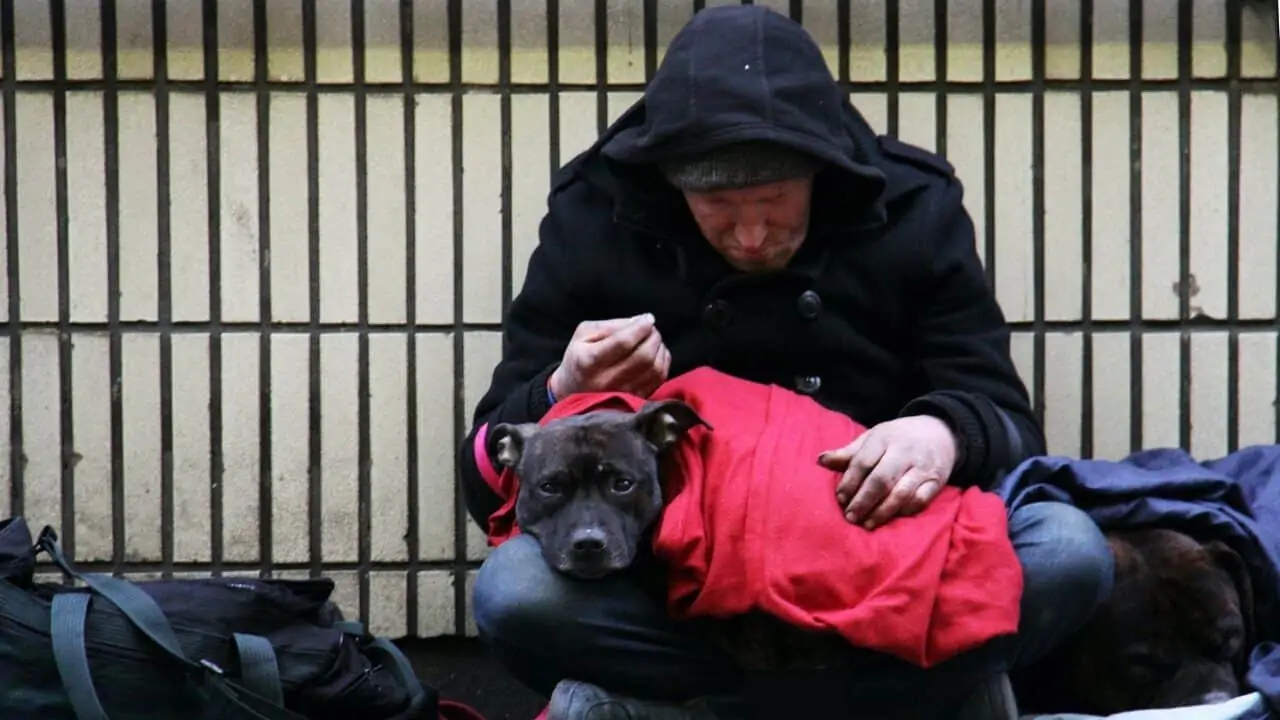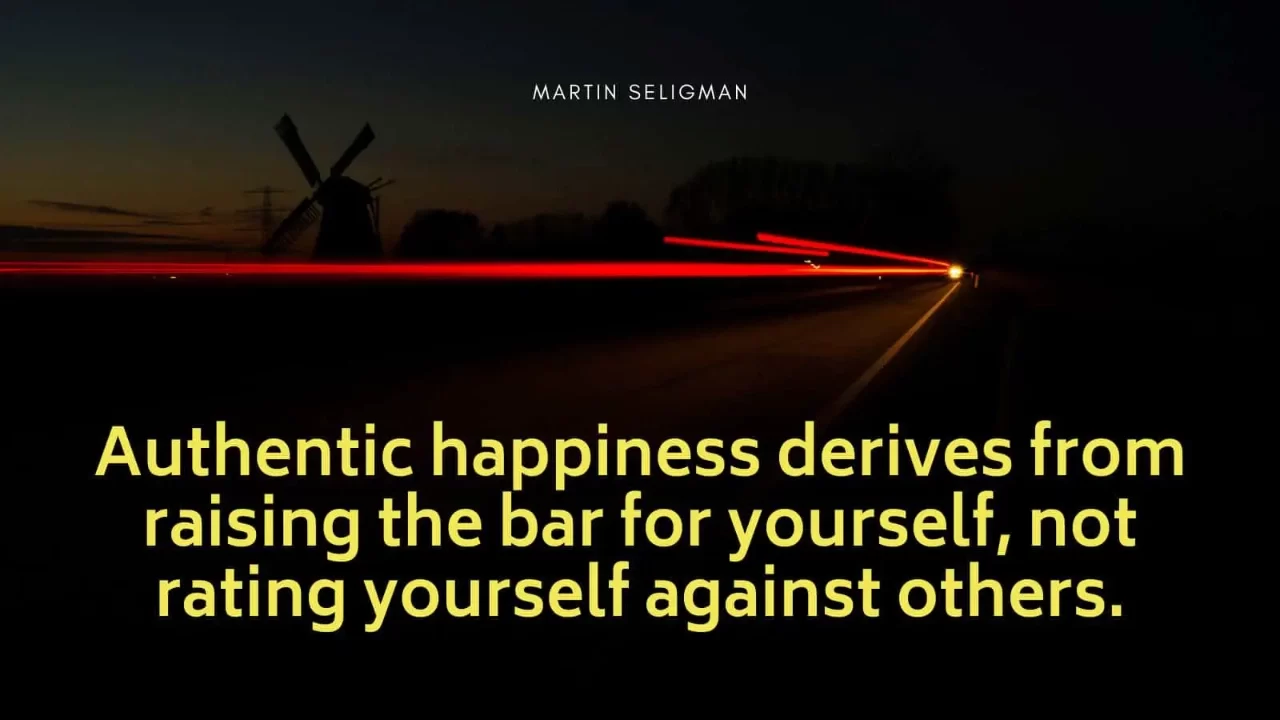When bad things happen, we do everything we can to make them better. But, if all our efforts fall flat, it can create a constant high level of stress.
This chronic state of stress may trigger us to “learn” that there is no way to stop or reduce the unending suffering, leading us to feel deeply “helpless.”
It is when people go into “conditioned defeat” and believe they have no control over what happens. So they should simply give up and accept whatever happens thereafter.
- The principle so learned helplessness theory has been used to extract information from captured “terrorists” by the US army.
- Often, a state of learned helplessness is engineered by cruel narcissists and psychopaths to make their victims suffer without trying to escape.

What is Learned Helplessness?
Learned helplessness is a state of mental powerlessness triggered by failures to control an unpleasant life event. It occurs when one is repeatedly exposed to a negative stimulus or painful situation from which they fail to extract themselves despite many attempts. It is a reinforced sense of helplessness.
It is the core concept around which psychologists have built many theories and principles. Its impact extends well beyond the sphere of science, and common people are aware of it today.
Learned helplessness is a psychological condition whereby individuals learn that they have no control over unpleasant or harmful conditions, that their actions are futile, and that they are helpless. — Hall & Goodwin, 2008
Learned helplessness is a mental state of defeat in which the willpower is conditioned to surrender before external forces.
Learned Helplessness Dog Experiment
What’s the experiment where the dog receives electric shocks?
Martin Seligman conducted studies in which dogs were placed on a floor that administered electric shocks with no way of escaping. When the dogs were eventually given the opportunity to escape, they just lay there wailing.
In a series of experiments around 1967, Seligman showed that when a dog is repeatedly shocked while disallowed from fleeing, it gives up trying to escape later on, even when an escape route is open.
His research was published as Learned helplessness: Theory and evidence, Maier, S. F., & Seligman, M. E. (1976) in the Journal of Experimental Psychology.
Seligman and his team built a partitioned box with a “shocking” floor on one side and a normal floor on the other.
At first, they kept the partition low. When a dog was inside the “shocking” side, whenever an electric shock came through the floor, it jumped the low partition to the safer side.

Next, the experimenters raised the partition to close up the chambers. This time, the dogs could not flee after receiving electric shocks. They made frantic attempts to find a way out whenever a shock came through, but they couldn’t.
Finally, they lay down, whimpering every time they felt a shock, without even trying to get up. They marked these dogs as having learned “helplessness.”
In the next experiment, when these “helpless” dogs were put inside the low-height partition box and subjected to electric shocks, they simply lay there. The partition was low this time, and the dogs could have leaped over. But since Seligman had conditioned them to be “helpless,” they merely lay there, enduring the shocks while whimpering helplessly.
These whimpering dogs’ brains tell them that no matter what they do, they cannot stop the shocks. So, believing they have no control over the situation, they remain in their box crying helplessly.
Is There Evidence of Learned Helplessness in Horses?
Learned Helplessness Psychology In Humans
Researchers have observed and studied learned helplessness in humans. It may result when a person feels powerless to change their circumstances, even when they have the ability to do so. It may present as a maladaptive behavioral response to difficulties, like avoidance of problems, loss of problem-solving skills, and negative affect.
- Chronic stress can suspend one’s ability to handle stress and lead to hopeless thoughts.
- When the person sees they cannot escape the stressful situation, their hopelessness intensifies.
- This state of pessimism and powerlessness makes them conclude that they have to keep suffering until their last breath.
- They finally resign to their fate, forced to accept that they can never change the situation no matter what they do.
- In a way that is somewhat similar to Stockholm syndrome, they give up trying to escape the situation, even when there might be a chance to escape.
- They tell themselves that they have become too feeble to make any effort to get away from the painful situation. So, they try to conserve their energy while tolerating the pain.
- Crying in pain appears to ease the full brunt of the pain.
Learned helplessness is a surrender response. It is the conviction that nothing you do can ever improve your situation. It makes you say, “There’s no way out, so let me just give up.”
Repeated failures despite one’s best efforts may take away the controllability of a struggling person. They start to feel their efforts are useless and stop trying, which can lead to a self-defeating cycle of negative thinking and behavior.
Helplessness, caused by seemingly uncontrollable negative experiences, can drastically reduce motivation and initiative, as well as create symptoms of anxiety and depression.
It can seriously affect one’s quality of life, causing issues in relationships, at work, and in personal motivation and success.
Learned helplessness can even change the physical structure of the brain (Hammack & Cooper, 2012).
Learned Helplessness Causes: How do we learn to be helpless?
Hammack et al. (2012) found that increased serotonin activity in the dorsal raphe nucleus (DRN) of the brain plays a critical role in learned helplessness.
Serotonin is a brain chemical that produces a sense of reward or even pleasure; it is released in response to an agreeable action.
Other hypotheses suggest a more extensive chemical basis for what causes humans to learn helplessness:
- a decrease in norepinephrine (arousal system),
- a decrease in GABA (a neurotransmitter),
- a fall in serotonin and dopamine (feel-good neurotransmitters),
- a boosting of the hormone cortisol (commonly known as the stress hormone).
Helplessness has been linked to a number of mental illnesses like depression, anxiety, phobias, shyness, and loneliness.
Several researchers believe the way people interpret the causes of behavior and events and explain a certain event in a positive or negative way, determines whether they will develop learned helplessness.
Whether people develop learned helplessness is affected by a particular way of explaining, known as the pessimistic explanatory style. People with this style have a greater likelihood of learning helplessness.
An increase in amygdala activation (intense emotion) has also been suggested.
Examples of learned helplessness
1. Learned helplessness in Academic Environment
A student who has struggled with a particular subject for a long time and has failed to improve despite effort and support from teachers and parents may learn helplessness.
The student may begin to feel that they are incapable of improving in that subject and stop trying, which can lead to poor grades and a lack of confidence.
2. Learned helplessness in Relationships
In an abusive relationship, the victim may become trapped in a cycle of abuse and feel helpless to change the situation.
Over time, the victim may lose their sense of agency and begin to believe that they cannot escape or change their circumstances, even when presented with opportunities to do so.
3. Learned helplessness at the Workplace
An employee who has repeatedly suggested changes or improvements to their supervisor or manager but is consistently ignored may begin to feel powerless to effect change in their workplace.
They may stop offering suggestions or giving feedback, feeling that it will not make a difference, and become disengaged and demotivated in their work.
Here’s another example of learned helplessness from the work environment:
Think of psychological torture from a toxic boss. He not only torments you but also does not let you leave on the pretext of legal obligations.
His non-stop torment breaks your will to try to leave the factory since you realize nothing you do will ever stop your boss. Even if you leave, you think, they may call the cops and have you dragged back.
All this makes you reach a state of helplessness.
In such a state, even when your boss stops coming to the office, you do not try to leave your job or do less out of fear of being discovered and tortured more.

What are the symptoms of learned helplessness?
Learned helplessness can manifest in a variety of ways, but some common symptoms include:
1. Giving up easily
It may stop people from trying to achieve their goals because they feel that their efforts will not make a difference. This can lead to a loss of motivation and create a sense of resignation.
2. Low self-esteem
It can create feelings of inadequacy and a negative view of the self. People may feel “their best days are behind them,” they are powerless to improve their status, and cannot ever succeed.
3. Anxiety and depression
It can lead to feelings of hopelessness, helplessness, and despair, which can contribute to anxiety and depression.
4. Lack of initiative
Those with learned helplessness may feel that they have no control over their lives and may become passive, lacking initiative and avoiding new challenges.
5. Emotional detachment
These people may become emotionally detached from situations, leading to a lack of interest in activities (anhedonia). They also lose interest in others, even in their close relationships.
Learned helplessness and Depression
Seligman’s learned helplessness dog experiment led him to suggest that this phenomenon is similar to reactive depression in humans and can lead to other related mental illnesses.
In his seminal paper (Learned Helplessness), Seligman said that both learned helplessness and reactive depression are caused by the expectation that one’s efforts will have no effect on the responses and outcomes.
Seligman asserted that the learned helplessness phenomenon appeared to be very much like human depression. Specifically, the motivational, cognitive, and emotional deficits that appeared in helpless dogs seemed to mimic the symptoms of reactive depression, in which a human gets depressed after a major life stressor. — Isaacowitz & Seligman, Encyclopedia of Stress (Second Edition), 2007.
Seligman’s original learned helplessness model of depression had several flaws.
- First, just as not every dog became helpless after uncontrollable shocks, not every person becomes depressed after stressful events with uncontrollable outcomes.
- Second, it could not differentiate between a depressed person’s belief that they could not personally influence outcomes and the belief that response-outcome independence was universal.
Abramson, Seligman, and Teasdale offered a revised model in 1978. This was based on the idea that, when a stressful event occurs, people do not just notice the future outcomes. They also ask themselves why the event occurred.
People have typical ways of answering this, and this is called their explanatory style.
What is an Explanatory Style?
Explanatory style, also known as Attribution style, is the way people explain the causes of events and behaviors. It is a cognitive process that involves making positive or negative inferences about an outcome.
It can be of two types: Optimistic Explanatory Style and Pessimistic Explanatory Style.
Each style can have three dimensions:
- Stable vs. unstable: Whether the cause is seen as permanent or temporary.
- Internal vs. external: Whether the cause is attributed to oneself or to external factors.
- Global vs. specific: Whether the cause is seen as affecting other areas of life or is limited to a particular situation.
People with an optimistic explanatory style tend to explain negative events as being caused by external, unstable, and specific factors, while they attribute positive events to internal, stable, and global factors.
Those with a pessimistic explanatory style do the opposite. They tend to attribute negative events to internal, stable, and global factors, while positive events to external, unstable, and specific factors.
Pessimistic people have a tendency to easily give up when facing pressures in life.
They start with the belief that the desired result is just not achievable. And even if it were, their own actions will have no effect on it.
Explanatory styles can affect a person’s emotions, behaviors, and mental health.
Seligman pointed out that learned helplessness behaviors were observed in humans who had a pessimistic explanatory style. They have low self-esteem and are likely to be depressed.
3 P’s of Pessimism
People with a pessimistic explanatory style often describe negative events as:
- Permanent,
- Pervasive, and
- Personal.
In effect, pessimists tell themselves that bad events will last a long time, or forever, affect all parts of their life, and will hamper only them, not others.
In a paper published in the International Journal of Stress Management, researcher P. C. Henry wrote that people who perceive events as uncontrollable are less likely to change unhealthy patterns of behavior. It could make them neglect healthy habits like diet, exercise, and medical treatment.
Henry also found that people who had an optimistic explanatory style and therefore explain the events of their lives positively had more positive emotions, and did less negative thinking.
How to overcome learned helplessness?
You can overcome learned helplessness by changing your mindset into a more positive and optimistic outlook. You may use positive self-talk, visualization exercises, and cognitive-behavioral therapy (CBT). With the right support and tools, you can regain a sense of control over your life.
How do you break learned helplessness? By purposefully unlearning the learned behavior. Anything you can learn, you can also unlearn.
- First, recognize that you are a victim of it.
- Then you may try to figure out why it happened to you.
- Then, remind yourself that you do have the power to change things.
- Start interpreting situations more positively and focus on things you can control.
Of course, no one can control every aspect of a difficult situation. But, focusing on things over which you have control might gradually build into feelings of positivity and optimism.
The opposite of learned helplessness is “Learned Optimism.”
Seligman wrote a book about it: Learned Optimism: How to Change Your Mind and Your Life. In it, he writes:
“The optimists and the pessimists: I have been studying them for the past twenty-five years. The defining characteristic of pessimists is that they tend to believe bad events will last a long time, will undermine everything they do, and are their own fault. The optimists, who are confronted with the same hard knocks of this world, think about misfortune in the opposite way. They tend to believe defeat is just a temporary setback, that its causes are confined to this one case. The optimists believe defeat is not their fault: Circumstances, bad luck, or other people brought it about. Such people are unfazed by defeat. Confronted by a bad situation, they perceive it as a challenge and try harder.
“I have found, however, that pessimism is escapable.“
[Martin Seligman is widely regarded as the Father of Positive Psychology. Some sub-topics in the field are resilience, mindfulness, and flow (the optimal state of happiness).]
What are the 3 elements of “learned helplessness”?
Learned helplessness has these three elements: contingency, cognition, and conduct. It is most likely to result when one has a pessimistic explanatory style, meaning they describe negative events as permanent, pervasive, and personal.
What is the main point of Seligman’s study on learned helplessness in dogs?
The main point of Seligman’s learned helplessness experiment was to show how long difficult conditions can make an animal adopt pessimistic attitudes and behaviors.
Seligman’s depressed dogs showed that their helplessness was not simply a result of physical fatigue or apathy, but rather a state of “conditioned defeat” in which they learned that they had no control over their environment. Seligman’s dogs stopped trying to escape even when they could, having learned that they cannot stop what was happening to them.
This research helped us understand how some people can feel pessimistic and depressed, and how we can help them build a sense of control over their lives.
Can “learned helplessness” be reversed?
Yes, learned helplessness can be reversed. Since it is a learned behavior, it can be unlearned with conscious effort. A crucial aspect in overcoming it is reaffirming to oneself that one is in charge of the situation.
Final Words
Learned helplessness can be a self-fulfilling prophecy cycle, which implies what people wish for, actually comes true.
Thus, when people believe they are helpless, they resist new opportunities. This reduces their chance to change their present situation. Then this worsens their sense of helplessness.
What can really help break the cycle is realizing that no matter where you are, you can do better by taking the first step toward a happier life today.

• • •
10 Happiness Hacks From Positive Psychology
11 Proven Ways To Have A Strong Positive Mindset
• • •
Author Bio: Written and reviewed by Sandip Roy — medical doctor, psychology writer, and happiness researcher. Founder and Chief Editor of The Happiness Blog. Writes on mental health, happiness, mindfulness, positive psychology, and philosophy (especially Stoicism).
√ If you liked it, please spread the word.